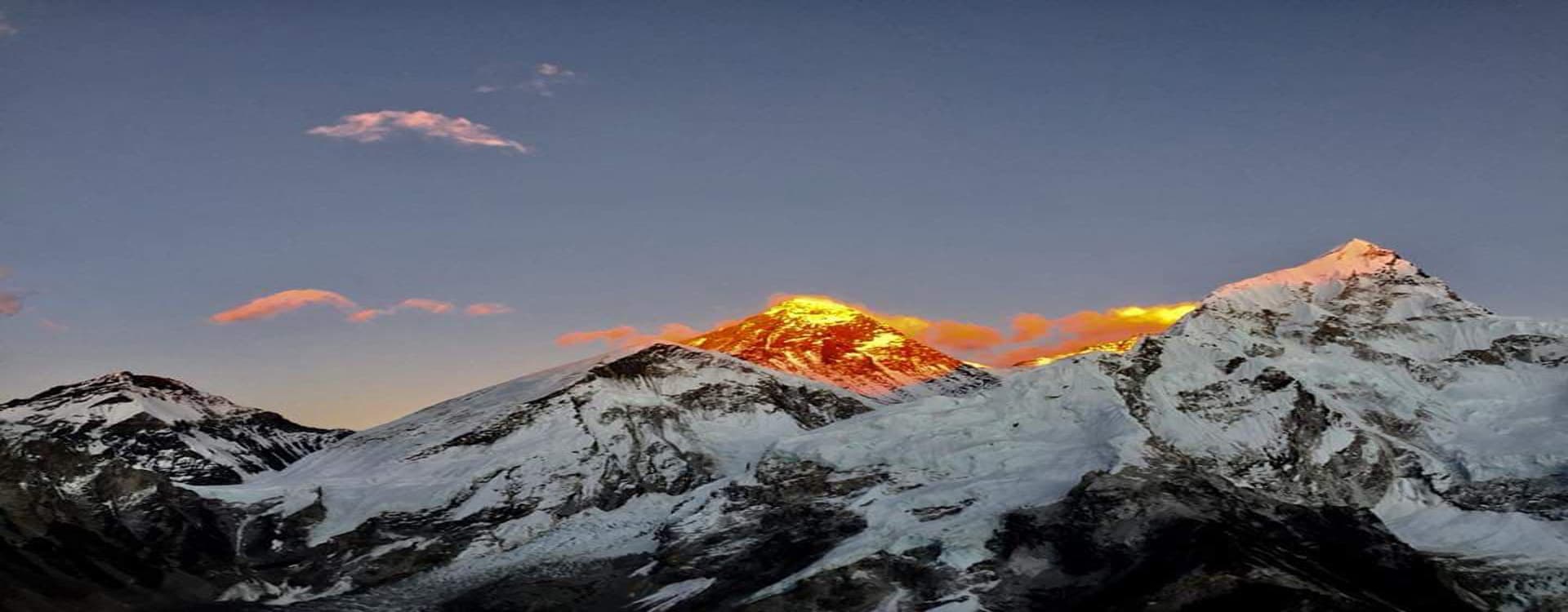Welcome to Shepherd Holidays! As your trusted partner in adventurous travel, we aim to equip you with all the necessary information to make your journey as safe and enjoyable as possible. One crucial topic for travelers heading to high-altitude destinations is altitude sickness. In this comprehensive guide, we'll explore what altitude sickness is, its symptoms, how to prevent it, and what to do if it occurs.
What is Altitude Sickness?
Altitude sickness, also known as acute mountain sickness or say High-Altitude Sickness refers to a set of symptoms that affects the people at a very high altitude, usually above 3000 m (10,000 ft) due to the presence of very less oxygen and low atmospheric pressure. It occurs when you cannot get enough oxygen from the air at high altitudes, though it can occur at lower altitudes for those particularly sensitive. Altitude sickness can be derived into three versions:
1)Acute Mountain Sickness(AMS)
It is the mildest and the most common form.
2) High Altitude Pulmonary Edema(HAPE)
It means an accumulation of fluid in the lungs. In short, it affects the lungs.
3)High Altitude Cerebral Edema (HACE)
It means an accumulation of fluid inside the brain and is considered the most severe. In short, it affects the brain.
Causes of Altitude Sickness
Altitude sickness happens due to the reduced air pressure and lower oxygen levels at higher altitudes. The body needs time to adjust to these changes, and when it doesn't acclimatize properly, symptoms can arise.
Symptoms of Altitude sickness
AMS: The most basic symptoms of Altitude Sickness are:
- headache
- nausea and vomiting
- dizziness
- tiredness
- loss of appetite
- shortness of breath
If these symptoms of AMS are ignored, it can get even more serious with other HAPE and HACE symptoms.
HAPE: The symptoms of HAPE include:
- Dry Cough (May cough blood)
- Shortness of breath/Tightening in the chest
- Noisy Breathing
- Blueness of lips, tips of fingers and tongue
HACE: The symptoms of HACE include:
- Headache
- Nausea and Vomiting
- Delirious (hallucinations)
- Highly irritable
- Drunken Gait
- loss of coordination
In brief, if the basic AMS symptoms arise, one must immediately take the right measures to prevent it from being more fatal. However, if HACE and HAPE symptoms arise, one must immediately descend from the high elevation and be referred to the nearby hospital.
How to prevent Altitude Sickness?
"Slow and steady wins the race"
Everyone must have definitely heard this phrase. It is more appropriable while trekking/climbing in the high altitude. This is the golden rule for the prevention of altitude sickness. To put it in short, this can also be referred to as ACCLIMATIZATION
Acclimatization: - It refers to adapting your body’s condition with the environment. These are the basic rules of acclimatization:
- Walk Slowly: Ascending slowly towards higher elevation helps your lungs to adapt to new conditions.
- Rest Days: Usually when you are ascending above, 3000m, rest a day after every 3-4 trekking days
- Don’t ascend more than 500 m high in a day (above 3500 m)
- Climb High/Sleep Low
Therefore, Preventive Measures for Altitude Sickness can be listed as:
- Wear according to weather(Always keep sufficient warm layers with you while going to high elevations)
- Eat Plenty(Consume enough calories/mostly carbohydrates)
- Stay hydrated(Drink 4-5 liters of water daily)
- Acclimatization
- Avoid smoking, alcohol, tobacco and sleeping pills
- Do not ascend further if you notice any signs/symptoms of altitude sickness. If serious, descend immediately.
It’s better if you carry these medicines, in case:
- Paracetamol for headaches.
- High altitude sickness medicines like Diamox, acetazolamide.
High Altitude Sickness Treatment
If you or someone in your group shows signs of altitude sickness, it’s crucial to act promptly:
The first rule for treating Altitude Sickness is DESCEND.
The second important rule for treating Altitude Sickness is DESCEND. Yeah, you got it. Descending is the most important treatment one can get.
So, let’s summarize the Descending process as below:
- Descend one camp down if the symptoms are mild (place where you slept yesterday). In average, 300-400 meters down,
- Descend immediately if the symptoms are serious. It must be more than 1000 meters. In this case, one must receive supplementary oxygen with immediate medical attention.
Even if the slightest basic symptoms arise, rest in that area, stay hydrated and eat well and most importantly do not ascend further until your symptoms disappear completely.
Besides descending, there are some temporary treatments that one can get at a high altitude such as:
- Supplementary Oxygen
- Gamow Bag (Portable Altitude Chamber (PAC))
Hundreds of our clients have already trekked to high altitude areas like Everest Base Camp, Thorang la pass (Annapurna Circuit), Annapurna Base Camp, Langtang Valley, Manaslu Circuit(Larke La pass) and many other high elevation areas. And we have ensured them with the best possible safety and measures to prevent any emergencies from happening.





